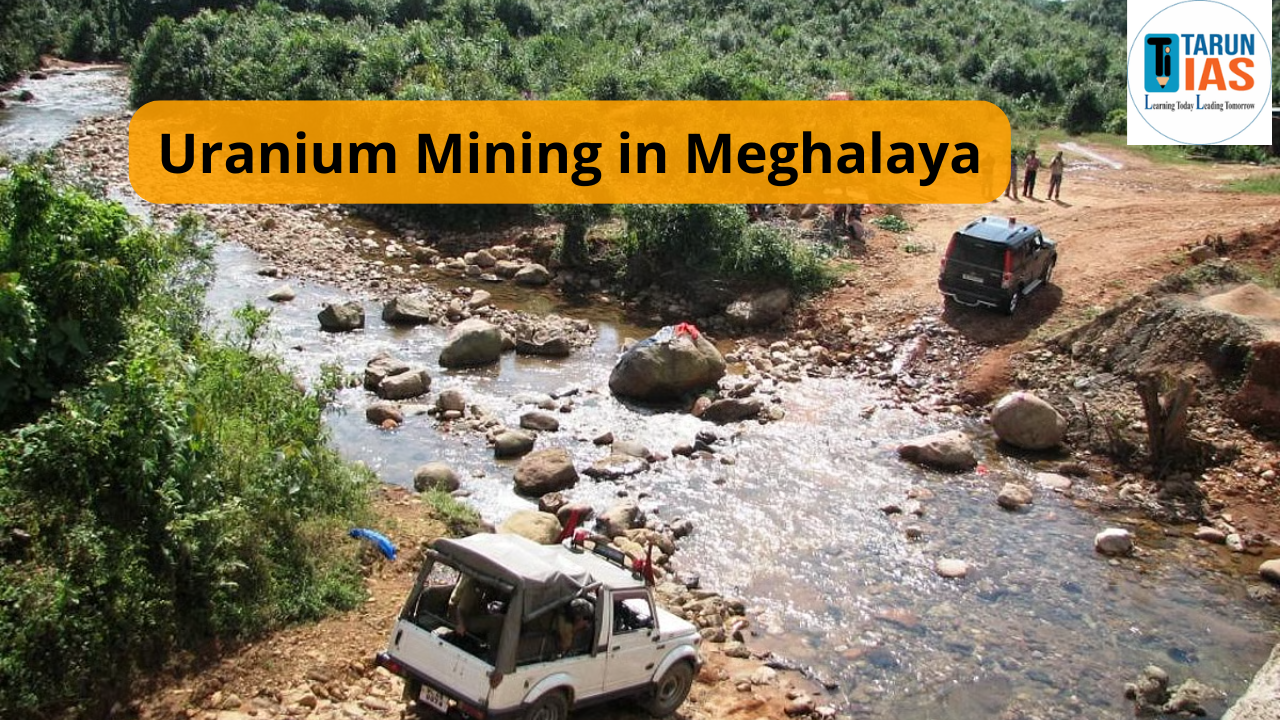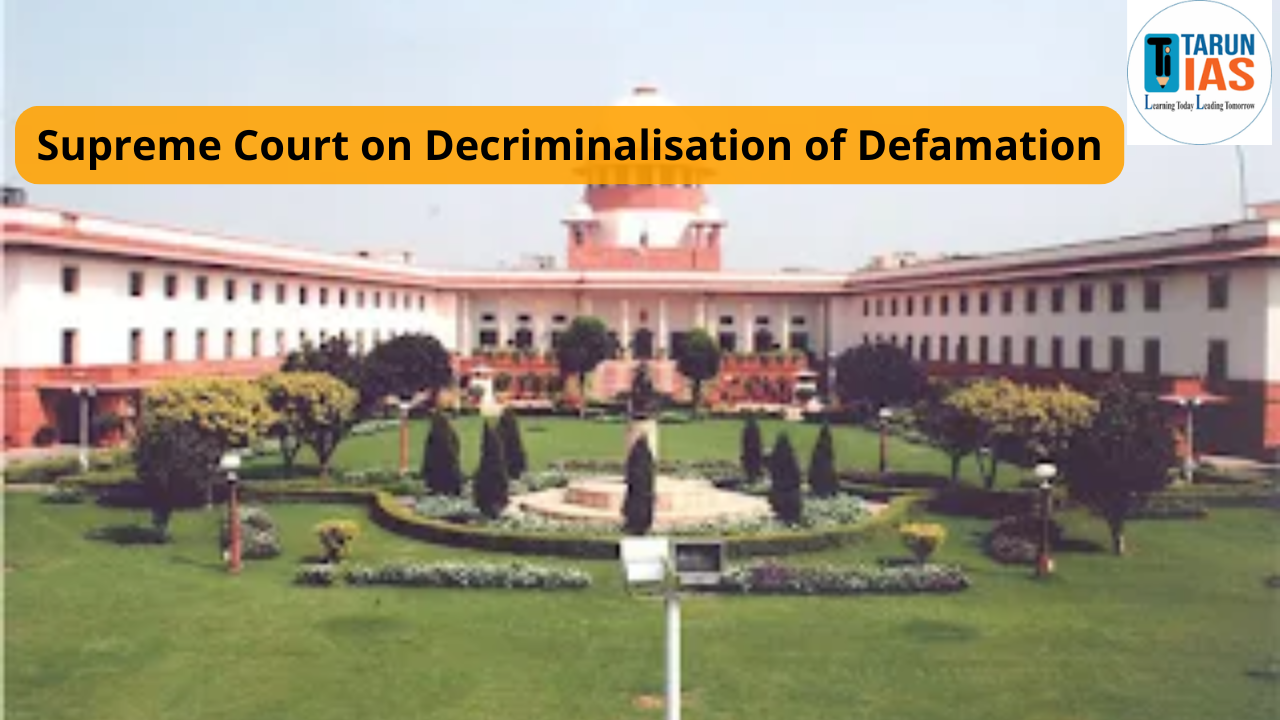The Harappan civilization represents one of the earliest examples of urbanization in the Indian subcontinent, showcasing advanced planning and innovation in areas such as technology, trade, art, and governance.
Agricultural Technologies During Indus Valley Civilization
Evidence suggests the use of oxen for ploughing, as depicted on seals and terracotta sculptures.
- Terracotta plough models have been unearthed at sites like Cholistan and Banawali (Haryana).
- Kalibangan (Rajasthan) revealed a ploughed field, highlighting agricultural activities.
- Semi-arid Harappan sites required irrigation; traces of canals were discovered at Shortughai in Afghanistan.
- Water reservoirs found at Dholavira (Gujarat) likely served agricultural purposes.
- Mehrgarh, near the Bolan Pass in Baluchistan, provides the earliest evidence of agricultural practices. Crops such as wheat, barley, cotton, and dates were cultivated.
- Mehrgarh’s location at the confluence of the Indus plains and the hilly Indo-Iranian borderland made it ideal for settlement. Residents lived in mud houses with five to six rooms.
Town Planning in Indus Valley Civilization
The hallmark of the Harappan civilization was its systematic town planning, marked by uniformity with regional variations.
- Cities such as Harappa, Mohenjo Daro, and Kalibangan were divided into two sections: the citadel and the lower town.
- The citadel, located on higher ground, housed administrative or ritual structures, while the lower town contained residential buildings.
- Baked bricks, laid in interlocking patterns, were used for construction, ensuring durability over millennia.
- Streets were laid out in a grid pattern, intersecting at right angles. Main streets were connected by narrow lanes, with house doors opening onto these lanes.
- Houses ranged from single-room structures to large multi-roomed buildings with central courtyards, private wells, kitchens, and bathing platforms. Wealthier individuals resided in larger homes, while poorer sections lived in smaller houses or barracks.
Granaries in Indus Valley Civilization
Granaries were significant structures, comprising rectangular brick blocks for grain storage.
- Rows of circular platforms within granaries were likely used for threshing. Remains of wheat and barley were found at these sites.
The Great Bath in Indus Valley Civilization
Special structures, such as the Great Bath at Mohenjo Daro, were constructed on the citadel.
- The Great Bath was lined with bricks, coated with plaster, and made watertight using natural tar.
- Steps led into the tank from two sides, and rooms surrounded the structure.
- Water was supplied from wells and drained after use. It likely served ritualistic or ceremonial purposes, with important individuals bathing on special occasions.
Drainage System in Indus Valley Civilization
Harappan cities boasted meticulously planned drainage systems.
- Drains were covered and laid out in straight lines with a gentle slope for water flow.
- House drains often connected to street drains, which led into larger drainage networks.
- Inspection holes were built at intervals for cleaning, showcasing advanced sanitation knowledge.
Religious Beliefs and Practices in Indus Valley Civilization
The Harappan religion included animism, or the worship of natural elements like trees and stones.
- Terracotta figurines of the Mother Goddess, adorned with necklaces, girdles, and fan-shaped headdresses, indicate her worship.
- A notable depiction shows a female with an infant and a plant growing from her womb, symbolizing the Earth Goddess.
- Worship of linga (phallic symbols) and yoni (female symbols) was prevalent, though interpretations vary.
- Seals depict a male deity with a buffalo-horned headdress, seated in a yogic posture surrounded by animals. Scholars often identify this figure as Proto-Shiva or Pashupati.
- Tree worship and fire worship were common, with evidence of fire altars at Kalibangan and Lothal.
Burial Practices in Indus Valley Civilization
Harappans followed diverse burial practices, with bodies typically laid in north-south orientations.
- Burial pits varied, with some lined with bricks. Grave goods such as earthen pots, bangles, beads, and copper mirrors were often included, suggesting beliefs in an afterlife.
- Male and female burials often included jewelry, with females sometimes having more burial goods, as seen in Rakhigarhi.
- Unique practices included symbolic burials (pots without skeletons) at Kalibangan and double burials at Lothal.
- Megalithic burials were found at Dholavira, though primarily symbolic.
Social Differentiation in Indus Valley Civilization
Harappan society was likely matriarchal, as suggested by the prominence of the Mother Goddess.
- The population included priests, warriors, peasants, traders, and artisans.
- Evidence from Harappa and Lothal indicates social stratification, with distinct residential structures for different classes.
- Workmen’s quarters and specialized workshops for coppersmiths and beadmakers have been discovered.
- Clothing styles are inferred from figurines, with men wearing lower garments draped over the left shoulder. Hair was styled elaborately by both men and women.
- Wealthier individuals wore jewelry made of gold, silver, and semi-precious stones, while poorer people used terracotta ornaments.
Utilitarian and Luxurious Artefacts in Indus Valley Civilization
Artefacts were classified as utilitarian (everyday items) and luxurious (rare, expensive items).
- Utilitarian objects included pottery, needles, and querns, often made of stone or clay and distributed widely.
- Luxury items, made of costly or non-local materials, were limited to larger settlements like Mohenjo Daro and Harappa.
- Faience objects, such as miniature perfume pots, were prized for their intricate craftsmanship.
- Gold was scarce, and all jewelry was recovered from hoards.
Key Sites in Indus Valley Civilization
-
Dholavira (Gujarat)
-
-
- Located on Khadir Beyt in the Rann of Kutch, Dholavira had access to freshwater and fertile soil.
- Discovered in 1968 by archaeologist Jagat Pati Joshi, it stands out for its advanced urban design.
- The city was divided into three parts, each surrounded by massive stone walls with gateways for entry.
- A large open area within the settlement likely served as a venue for public ceremonies.
- Unique findings include large Harappan script letters carved from white stone and inlaid in wood, a rare discovery since Harappan writing is typically found on seals.
- Dholavira is particularly notable for its sophisticated water conservation systems.
-
-
Lothal (Gujarat)
-
-
- Situated in a low deltaic area of the Saurashtra peninsula, Lothal was a vital port town of the Harappan civilization.
- Discovered by Indian archaeologist S.R. Rao, it features a brick structure identified as a dockyard used for berthing ships and handling cargo.
- This dockyard underscores Lothal’s significance as a hub for trade and maritime activities.
- Evidence of rice cultivation has been uncovered here.
- The town was strategically located near sources of semi-precious stones, facilitating the production of objects made from stone, shell, and metal.
-
-
Mohenjodaro (Sindh, Pakistan)
-
-
- Located west of the Indus River, Mohenjodaro was one of the first Harappan sites to be excavated by R.D. Banerjee in 1922.
- The Great Bath is the most prominent structure discovered here, constructed with bricks set in gypsum mortar. It is speculated to have been used for ritualistic ablutions or as a public pool.
- Adjacent structures include the “Priest’s College” and the “Granary.”
- A square structure on the southern mound has been interpreted as an “Assembly Hall,” potentially used for public gatherings.
- Significant artefacts include the bronze “Dancing Girl” figurine and a stone statue of a bearded man.
-
-
Harappa (Punjab, Pakistan)
-
-
- Located near a dried riverbed of the Ravi River, Harappa was discovered by Dayaram Sahni in 1921.
- As the first excavated city, its name became synonymous with the civilization.
- Harappa featured an elaborate drainage system, well-planned city layouts, and thriving agriculture.
- Art and craft flourished, with toy carts among the notable finds.
- Burnt wheat and husked barley evidence the presence of a granary.
- Harappan trade was both internal, based on barter, and external, including contact with Mesopotamia.
- Mesopotamian inscriptions reference trade with regions like Dilmun, Magan, and Meluhha, confirming links through artefacts like beads, seals, and dice.
-
-
Kalibangan (Rajasthan)
-
-
- Located west of the now-dried Ghaggar River, Kalibangan was excavated by archaeologist B.K. Thapar.
- A significant discovery at this site is a ploughed field surface, providing evidence of early agricultural practices and the use of ploughs.
- Fire altars found at the site suggest ritualistic activities.
-
-
Surkotada (Gujarat)
-
- Surkotada is notable for evidence of fractional burials, a unique burial practice of the Harappans.
- Horse bones discovered at the site suggest the possible importation of horses from Mesopotamia, highlighting the maritime trade connections of the civilization.
|
UPSC Articles |
|
| UPSC Interview | UPSC Interview Marks |
| UPSC Syllabus | UPSC Exam Pattern |
| UPSC Eligibility | UPSC Age Limit |
| UPSC Selection Process | UPSC Cut off |














